Climate change: Animals shapeshifting to stay cool, study says
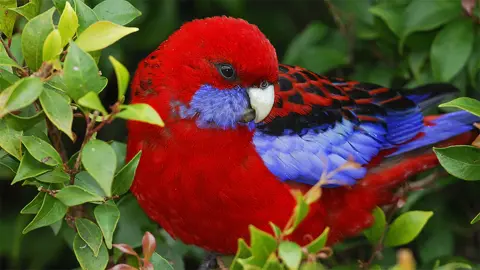 Getty Images
Getty ImagesWhen you hear the word "shapeshifting" you probably think of a sci-fi or horror film, and not the climate.
But that's what scientists say is happening to some animals in response to climate change.
Warm-blooded species are evolving to have larger beaks, legs and ears to regulate body temperature as the planet warms up, a new study suggests.
The scientists behind the study warn the physiological changes do not mean animals are coping with climate change.
"A lot of the time when climate change is discussed, people are asking 'can humans overcome this?' or 'what technology can solve this?'" says the study's author, Sara Ryding, from Deakin University.
"It's high-time we recognised that animals also have to adapt to these changes."
If animals fail to control their body temperature, they can overheat and die.
Some animals in warmer climates have historically evolved to have larger beaks or ears to get rid of heat more easily.
A larger wing, ear or beak relative to body size gives smaller animals a greater surface area from which to lose excess heat.
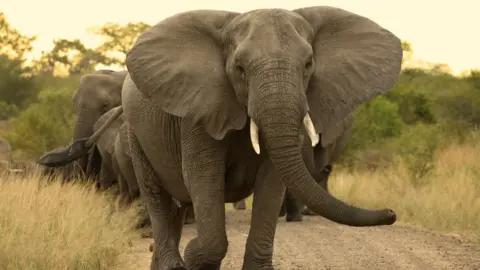 Getty Images
Getty Images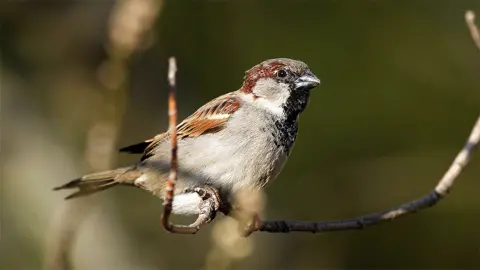 Getty Images
Getty ImagesSeveral species of Australian parrot have shown a 4-10% increase in bill size since 1871, which correlates with the rising summer temperatures over the years, the study says.
The scientists do say it's hard to put the climate as the only cause of shapeshifting, but that other examples of species changing show the effect of heat.
Wood mice are evolving to have longer tails, masked shrews are getting longer tails and legs, and bats in warm climates have bigger wings.
'A live-action Dumbo'
Though the adaptations species are making are currently small, Sara says they could be more pronounced as the planet becomes hotter.
"Prominent appendages such as ears are predicted to increase, so we might end up with a live-action Dumbo in the not-so-distant future."
The study suggests that shapeshifting is likely to continue as the climate becomes warmer because higher temperatures will influence the demand on animals to regulate their body temperature.
This year has seen some countries record their highest temperatures in decades - with July recorded as the world's hottest month ever.
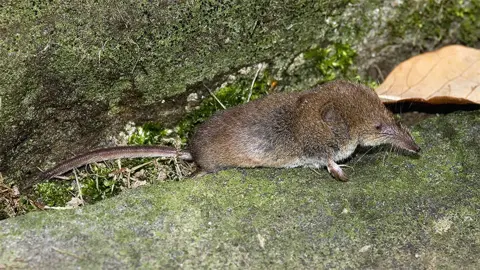 Getty Images
Getty Images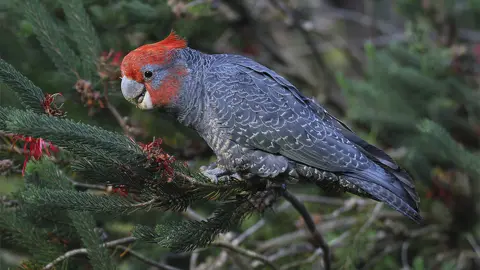 Getty Images
Getty Images"Shapeshifting does not mean that animals are coping with climate change and that all is fine," Sara says.
"It just means they are evolving to survive it, but we're not sure what the other ecological consequences of these changes are, or that all species are capable of changing and surviving.
"The climate change that we have created is heaping a whole lot of pressure on them, and while some species will adapt, others will not."


Follow Newsbeat on Instagram, Facebook, Twitter and YouTube.
Listen to Newsbeat live at 12:45 and 17:45 weekdays - or listen back here.
